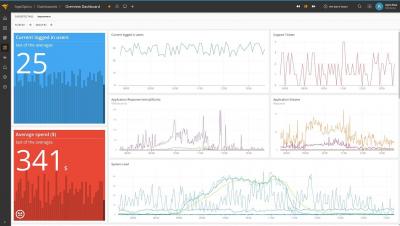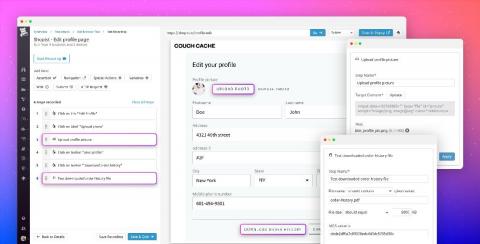Operations | Monitoring | ITSM | DevOps | Cloud
Monitoring
The latest News and Information on Monitoring for Websites, Applications, APIs, Infrastructure, and other technologies.
So, You Inherited Orion
Contributing Third Party Flux Packages: A Discord Endpoint Flux Function
Are you currently using Flux with InfluxDB? Have you written a great Flux function that would be useful to the community? If the answers to these questions are “Yes!”, then I encourage you to contribute your awesome work to Flux, so that others can appreciate you and your work. Today, we’re sharing how you can contribute a custom Flux function in a Third Party Flux Package.
The Ultimate Guide to Serverless Monitoring Platforms
Technology touches almost every corner of the world economy. Even when it’s an indirect relation, in many cases tech is an essential, vital part of our societies. It just can’t fail without causing too much distress and losses. Not only financially, but especially to the human aspect.
10 Computer Networking Books Every Network Manager Should Read
Best Practices to Minimize Website Downtime
When a customer notifies you that your website is down, it has far more severe consequences than just embarrassment. Website downtime can mean loss of money, reputation, credibility and in a lot of cases, the overall feeling of security of your customers. As a survey report from Gartner showed website downtime can cost nearly $5,600 per minute to some companies. So, what are the issues that can cause website downtime, and how can you prevent it?
The evolving application lifecycle: from DevOps to DevSecOps
Every evolution in technology starts with the people behind it. So understanding the context, roles, and objectives that gave rise to DevOps — and now DevSecOps — isn’t just an exploration of timing and technology; it’s central to how we define organizational success. In this post, I’ll recap a conversation I had with Gareth Rushgrove, Director of Product Management at Snyk, a cybersecurity platform that helps developers identify vulnerabilities in their applications.
Monitor RethinkDB with Datadog
RethinkDB is a document-oriented database that enables clients to listen for updates in real time using streams called changefeeds. RethinkDB was built for easy sharding and replication, and its query language integrates with popular programming languages, with no need for clients to parse commands from strings. The open source project began in 2012, and joined the Linux Foundation in 2017.
Test file uploads and downloads with Datadog Browser Tests
Understanding how your users experience your application is critical—downtime, broken features, and slow page loads can lead to customer churn and lost revenue. Last year, we introduced Datadog Browser Tests, which enable you to simulate key user journeys and validate that users are able to complete business-critical transactions.
Connecting the dots with Event Correlation
We can’t stress enough on the importance of event correlation in network monitoring. Our customers love correlation! For the love of event correlation we’ve published a blog on why modern organizations rely on event correlation. This is the second blog from the correlation series. You might want to read our previous blog before reading this one.











